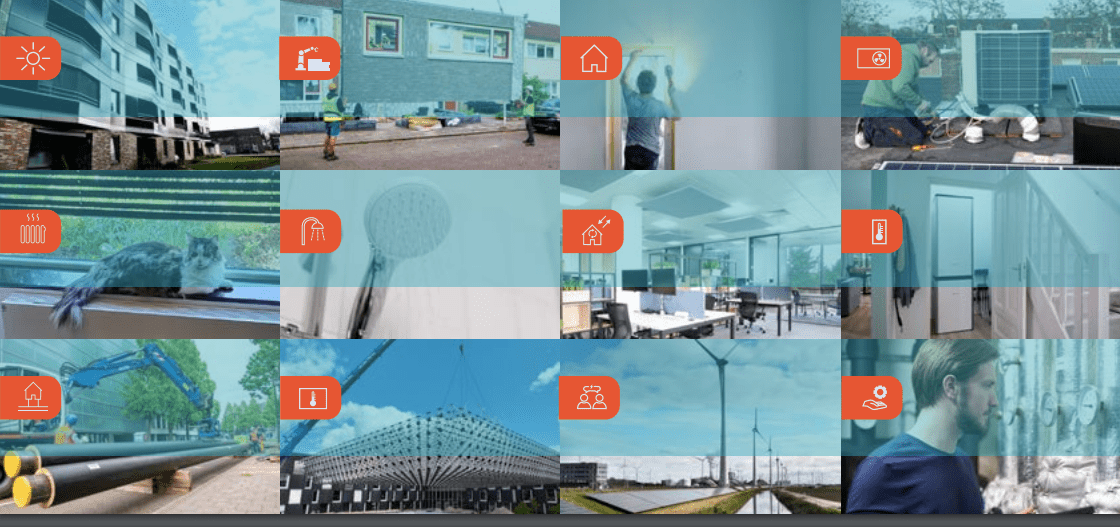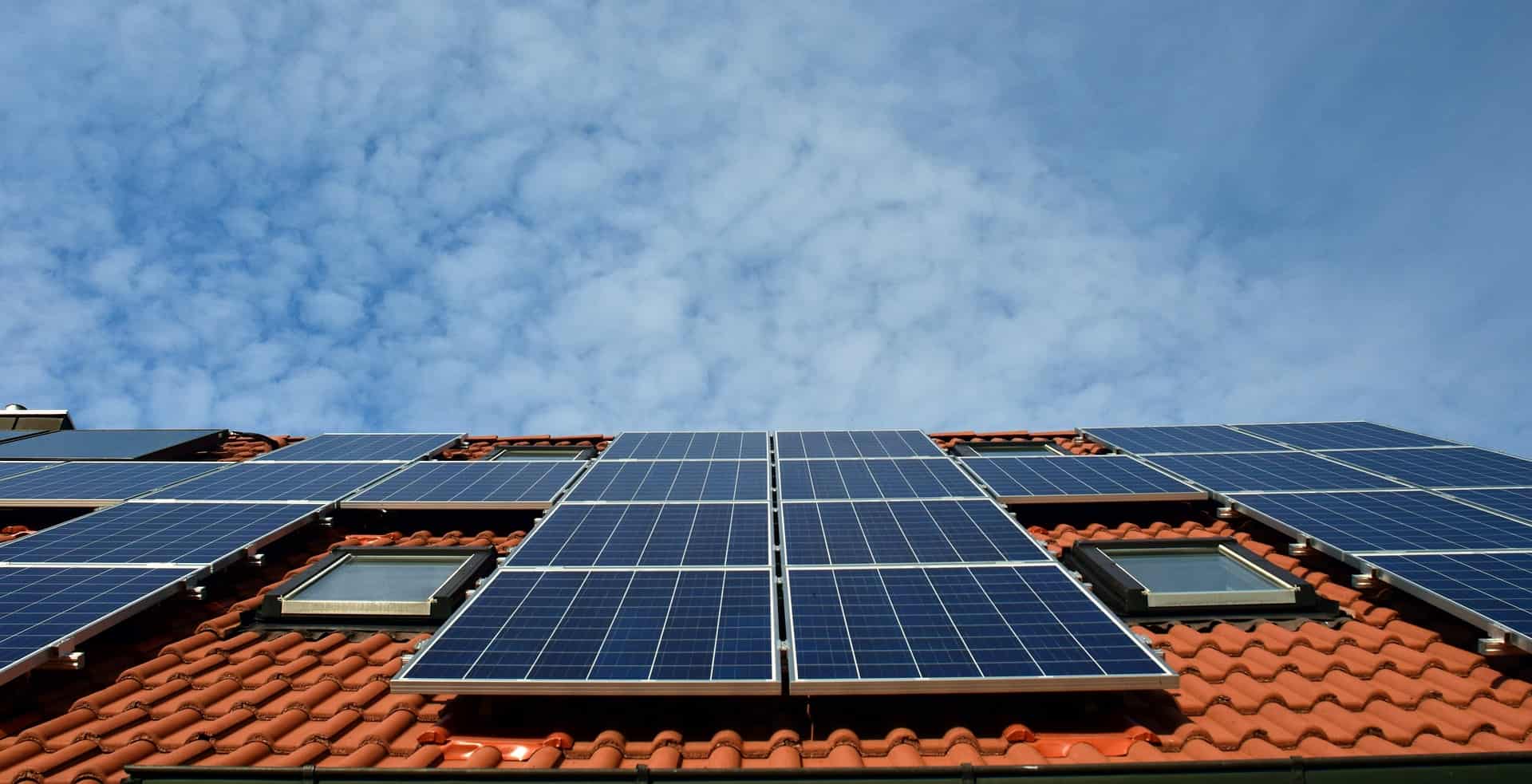
In a new 200-page report released by the Dutch Top Sector Energy, the Netherlands is making significant strides in developing sustainable solutions for the urban environment. The study showcases a wide range of cutting-edge energy, construction, and smart infrastructure innovations, positioning the Dutch as pioneers in creating eco-friendly urban spaces. These solutions aim to reduce carbon emissions, increase energy efficiency, and improve cities’ overall quality of life.
Key advancements featured in the report include energy-neutral social housing, solar-powered noise barriers, and smart thermal grids. TKI Urban Energy and TNO examined ten innovative themes in the built environment. Where are we, is development on track to make a difference, are we accelerating enough, and what challenges do we still face? The study was conducted by TNO together with various experts per theme.
These themes were examined:
- Solar panels on roofs (of houses, factory buildings) and on land
- Renovation by the assembly line (industrialization of renovation concepts)
- Homeowner behavior (drivers and barriers)
- Heat pumps (the replacement of the boiler)
- Heat delivery systems (from boiler to stove – the whole of heating and cooling)
- Domestic hot water (on the increase in hot water demand and energy requirements)
- Ventilation systems (on how insulation also increases the need for ventilation)
- Heat storage (how to use the heat of summer as heating in winter or how to utilize surplus electricity)
- Heat networks (heating at the district level)
- The labor market (the availability of sufficient personnel)
- Energy collectives – from energy hubs to energy cooperatives
Michiel Kirch, director of TKI Urban Energy: “Investing in innovation pays off. At the same time, there are challenges for everyone to remain curious about the innovations that are out there; from residents, heat companies, and housing corporations to contractors and municipalities. Tech specialists and behavioral experts need to join hands permanently for this. In addition, to help acceleration, more standardization is needed, and the government can take a clearer directorial role.”

The energy-neutral social housing project demonstrates how new construction methods and materials can create affordable, eco-friendly homes. These energy-efficient buildings utilize advanced insulation techniques, heat recovery systems, and solar power to significantly reduce energy consumption and costs for residents. This model can potentially revolutionize the housing industry, making sustainable living accessible to a broader audience.
Smart thermal grid
Another notable innovation is the solar-powered noise barrier, which minimizes noise pollution from highways and generates clean energy. This dual-purpose solution effectively tackles two major urban issues at once, creating a more peaceful and greener cityscape.
The smart thermal grid technology featured in the report can become a game-changer for urban energy systems. By using artificial intelligence and advanced sensors, these grids optimize the distribution of heat and cold throughout the city, resulting in a more efficient use of resources and reduced carbon emissions. The successful implementation of these grids showcases the power of integrating technology with sustainable energy solutions.
The report emphasizes the importance of government, industry, and academia collaboration in achieving these breakthroughs. A strong support system for research and development has enabled the Dutch to create innovative and sustainable urban solutions.
People as a limiting factor
What stands out from the interviews for the report is that in some cases scaling up benefits from (technological) innovations, but often what is rather lacking is: 1) confidence in and familiarity with the technology and its benefits; 2) a good business case through which there is an incentive to invest; and 3) a favorable context for implementation. For example, heat companies and housing corporations are still not always thinking about low temperature networks when it comes to heat networks, and project developers are still not looking enough at plant solutions when renovating. The report aims to change this.
Plug & Play
There is a shortage of (specialist) workers to implement and scale up the energy transition. In addition to investing in more personnel, all kinds of innovations are labor-saving. To speed up the installation of heat pumps and ventilation systems, plug & play methods can go a long way in reducing labor hours required, costs and expertise.
In addition, “assembly lines” for renovation are up-and-coming. More and more consortia of companies are developing total concepts in which an entire house can be completely preserved in a few days. This is only possible thanks to standardized preparation of the renovation in an industrial setting (the assembly line). The existence of an industrial approach to renovating existing homes is still unknown to many, so demand for it is very limited.
The report does not aim to provide a single solution; the trends are elaborated according to three “potential market developments” that can serve as tools in rolling out and devising new policies, goals and innovations.

